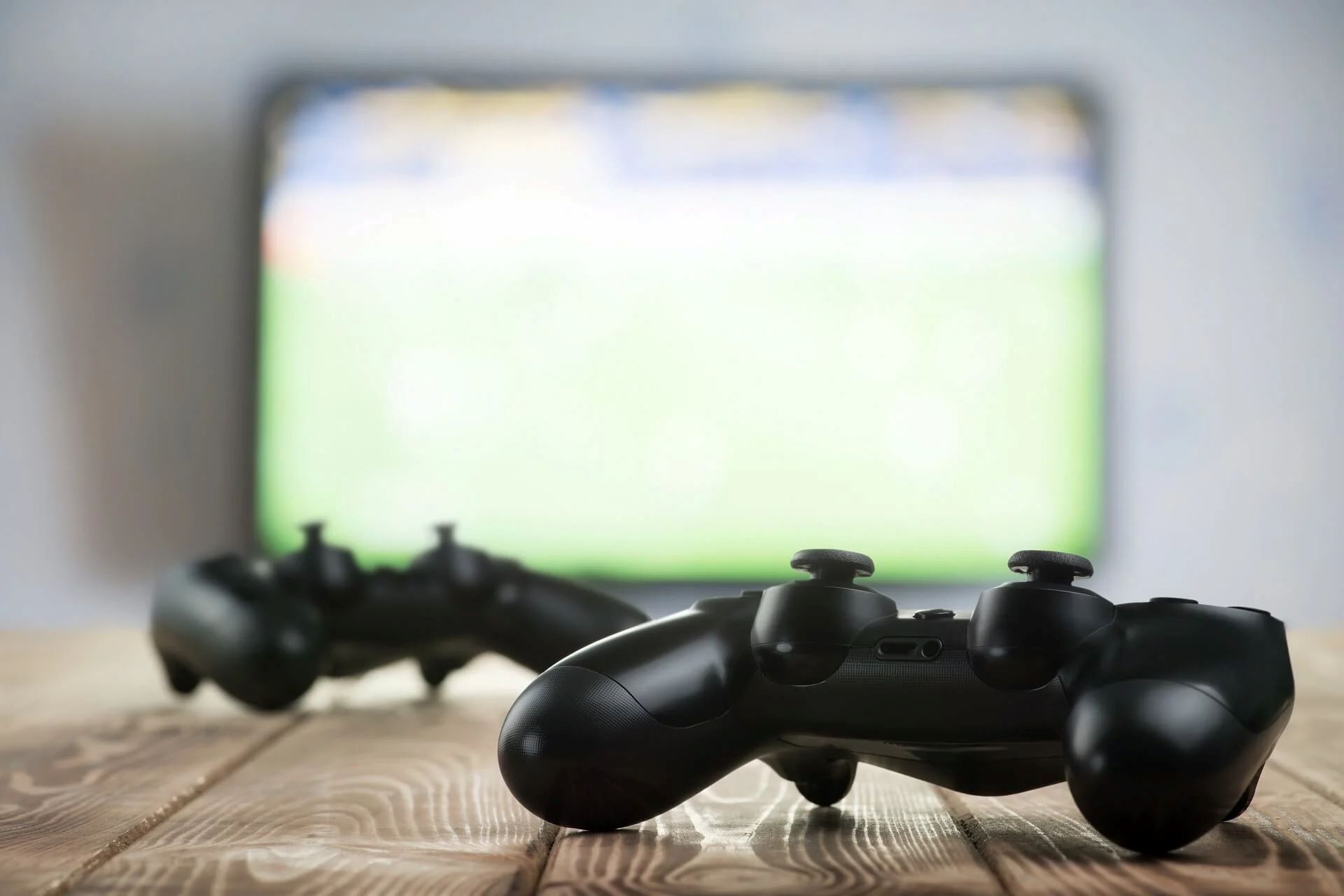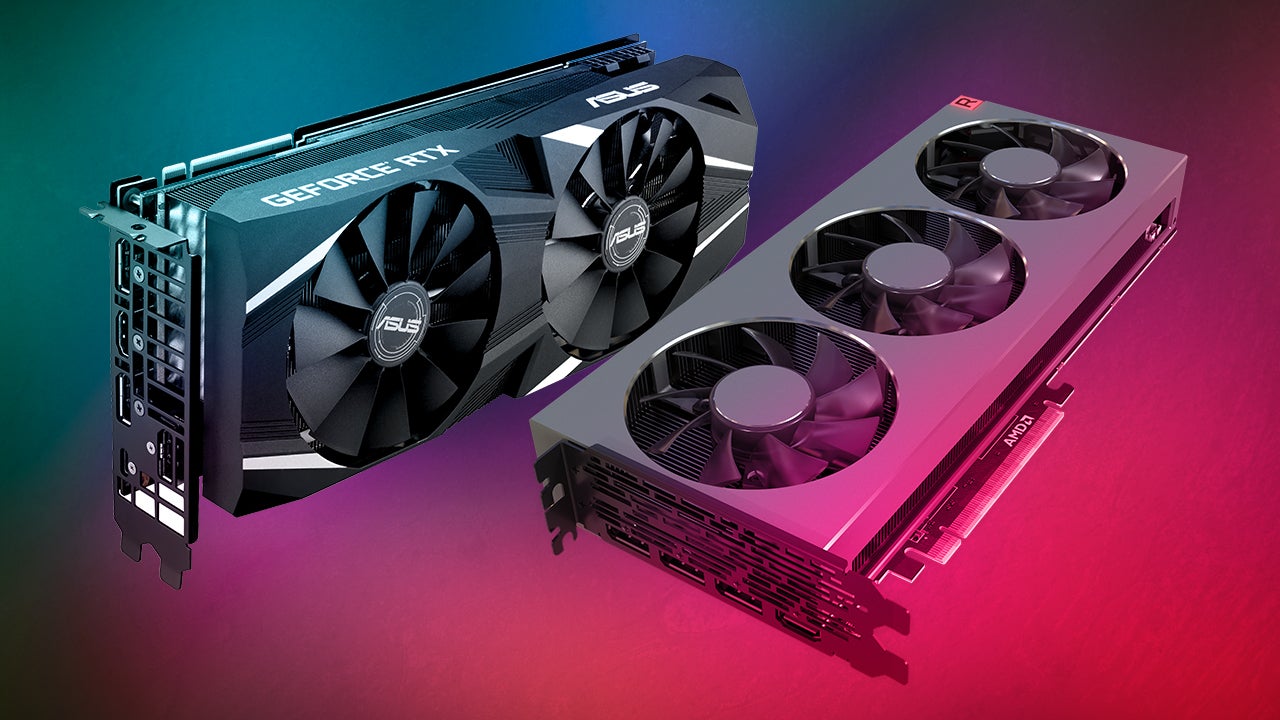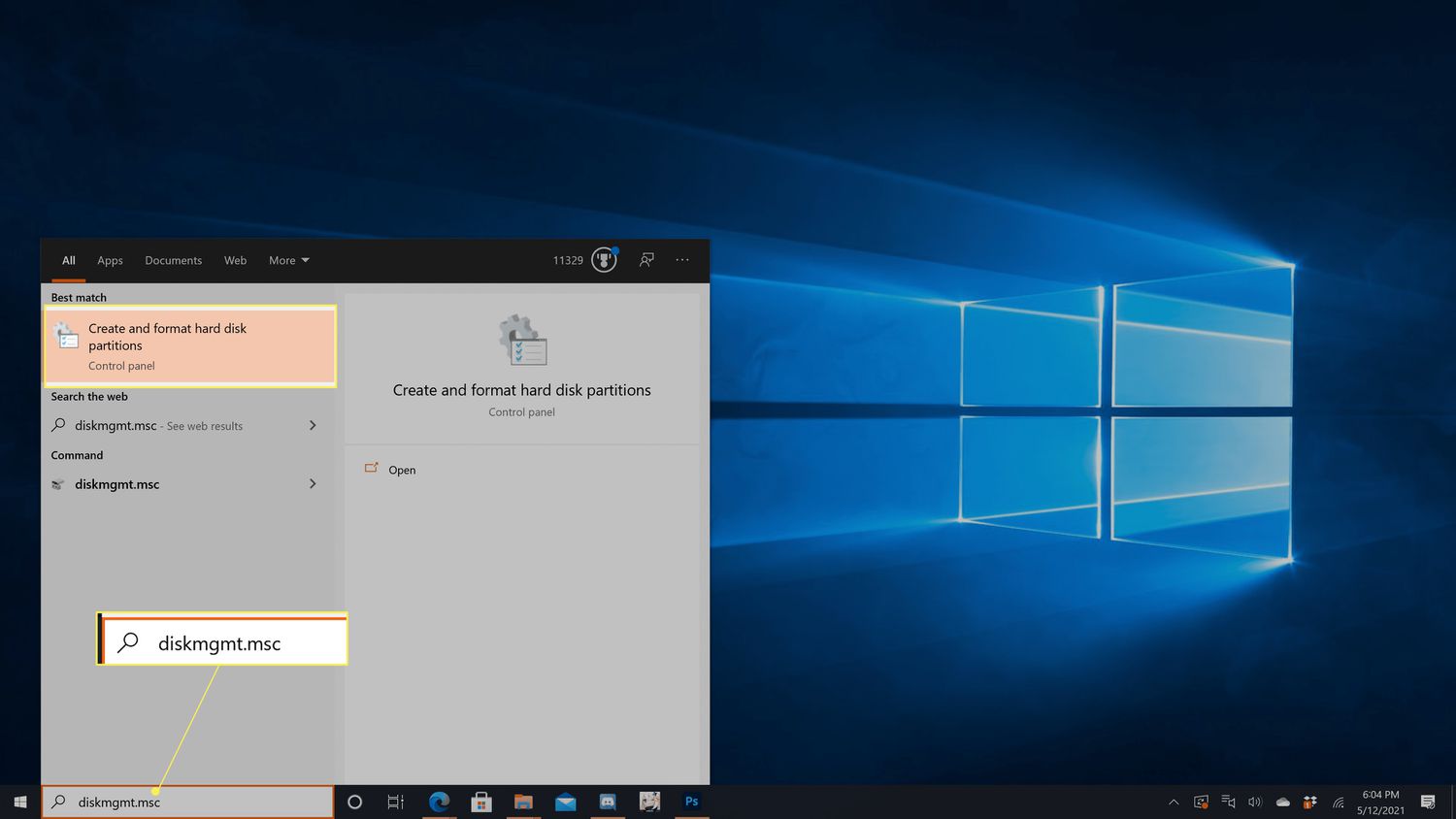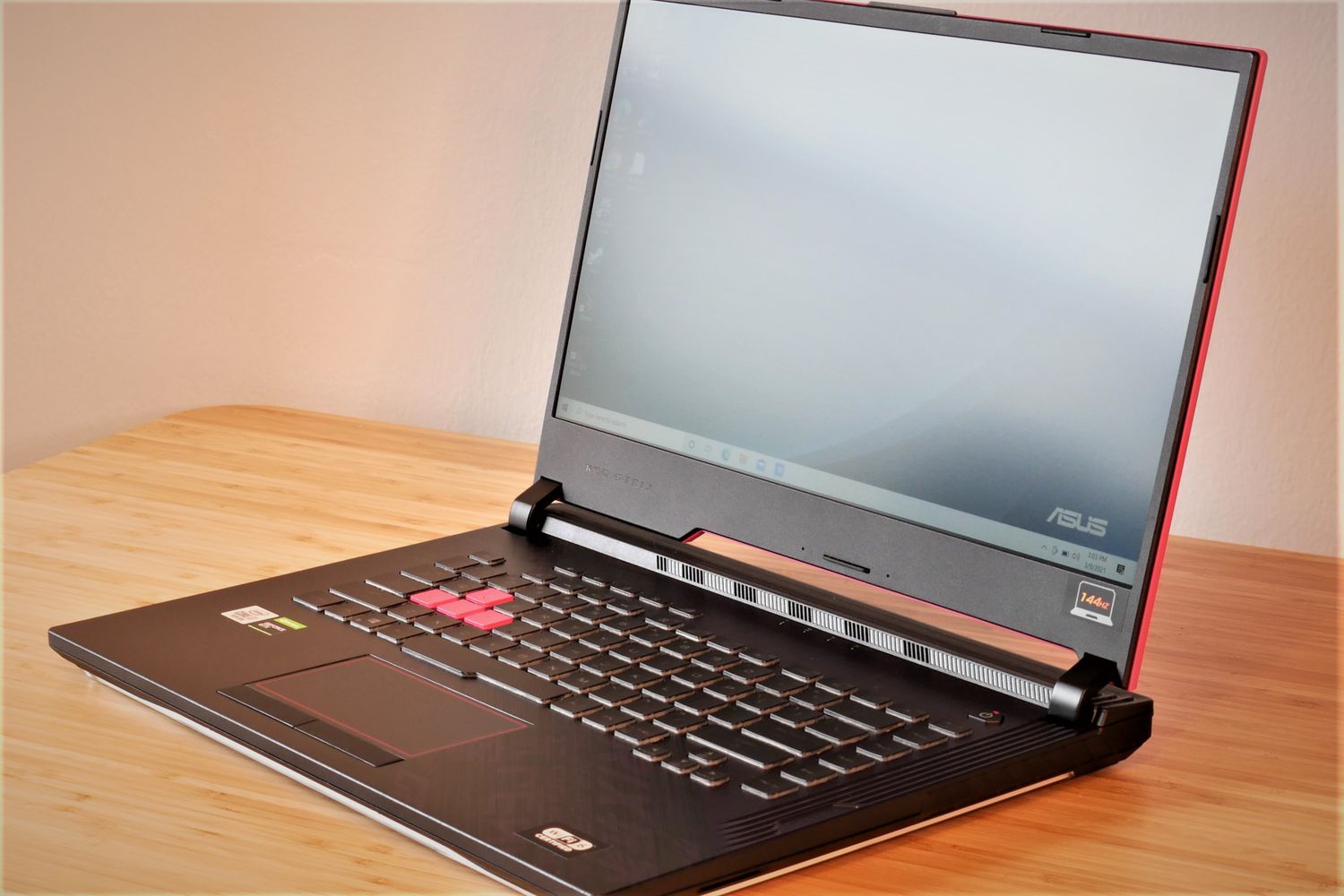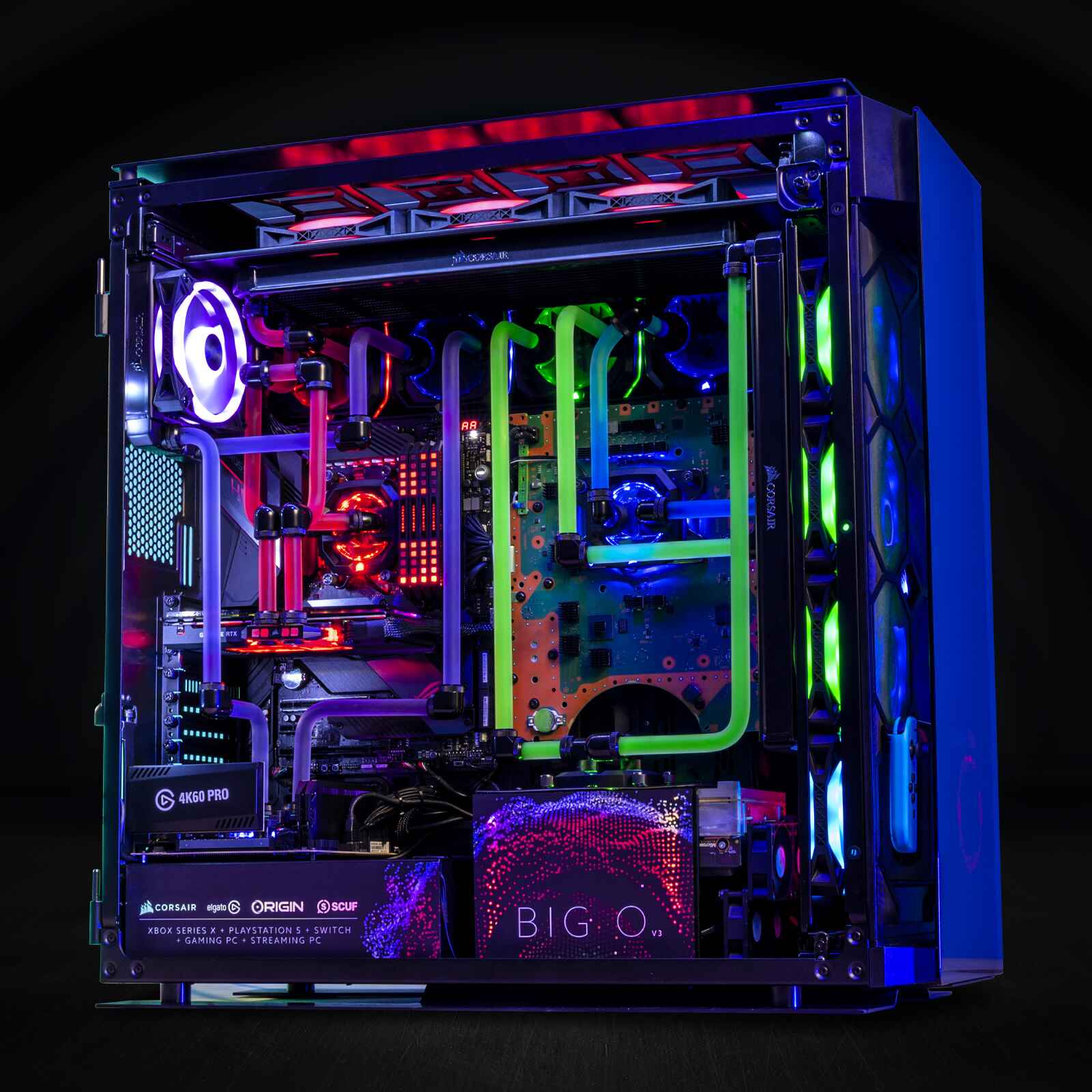Introduction
Welcome to the exciting world of gaming on Windows 10! Whether you're a casual gamer or a dedicated enthusiast, having your game controller in perfect order is essential for an immersive and enjoyable gaming experience. With the increasing popularity of gaming on Windows 10, it's important to ensure that your game controller functions optimally.
In this guide, we will explore the various methods to keep your game controller in order on Windows 10. From checking for updates to troubleshooting common issues, we've got you covered. By following these steps, you can enhance your gaming performance and make the most of your favorite games.
A well-maintained game controller can significantly impact your gaming experience, allowing for precise control, seamless responsiveness, and overall enjoyment. Whether you're using an Xbox controller, PlayStation controller, or any other compatible gamepad, the tips and techniques outlined in this guide will help you maintain your controller's functionality and performance.
So, let's dive in and discover how to ensure that your game controller is in top-notch condition, allowing you to fully immerse yourself in the captivating world of gaming on Windows 10. Let's get started by checking for updates to ensure that your controller is equipped with the latest features and enhancements.
Checking for Updates
Keeping your game controller up to date with the latest software and firmware is crucial for optimal performance. Windows 10 provides a seamless way to check for updates for your game controller.
Firstly, ensure that your Windows 10 system is connected to the internet. Then, follow these steps to check for updates:
- Press the Windows key on your keyboard or click on the Windows icon in the taskbar to open the Start menu.
- Click on “Settings” (the gear-shaped icon) to open the Windows Settings menu.
- In the Settings menu, select “Update & Security.”
- Click on “Windows Update” in the left-hand pane.
- Click on “Check for updates” to allow Windows to scan for the latest updates for your system, including updates for your game controller.
If there are any updates available for your game controller, Windows will automatically download and install them. It’s important to restart your system after the updates are installed to ensure that the changes take effect.
By regularly checking for updates, you can ensure that your game controller is equipped with the latest features, bug fixes, and performance enhancements, providing you with a smooth and responsive gaming experience.
Now that you’ve ensured your controller is updated, let’s move on to the next step: calibrating your controller to fine-tune its performance.
Calibrating Your Controller
Calibrating your game controller is an essential step in ensuring its optimal functionality and responsiveness. Windows 10 offers a built-in calibration tool that allows you to fine-tune your controller’s settings to suit your gaming preferences.
Follow these steps to calibrate your game controller:
- Connect your game controller to your Windows 10 system using a compatible USB cable or wireless connection.
- Press the Windows key on your keyboard or click on the Windows icon in the taskbar to open the Start menu.
- Click on “Settings” (the gear-shaped icon) to open the Windows Settings menu.
- In the Settings menu, select “Devices.”
- Click on “Bluetooth & other devices” in the left-hand pane.
- Under the “Other devices” section, select your game controller from the list of available devices.
- Click on “Device settings” to open the controller settings menu.
- Click on “Calibrate” to launch the calibration tool.
- Follow the on-screen instructions to calibrate your controller, which may involve adjusting thumbstick responsiveness, button mapping, and overall sensitivity.
During the calibration process, it’s important to pay close attention to the instructions and make adjustments according to your preferences. Calibrating your controller allows you to customize its behavior to match your gaming style, ensuring precise control and an enhanced gaming experience.
Once the calibration process is complete, your game controller will be optimized to deliver the performance you desire. Now, let’s explore how to adjust controller settings to further enhance your gaming experience on Windows 10.
Adjusting Controller Settings
Customizing your game controller settings can greatly influence your gaming experience, allowing you to tailor the controller’s behavior to your specific preferences. Windows 10 provides a range of options to adjust and fine-tune your controller settings, ensuring optimal performance and comfort during gameplay.
Here’s how you can adjust your controller settings on Windows 10:
- Connect your game controller to your Windows 10 system using a compatible USB cable or wireless connection.
- Press the Windows key on your keyboard or click on the Windows icon in the taskbar to open the Start menu.
- Click on “Settings” (the gear-shaped icon) to open the Windows Settings menu.
- In the Settings menu, select “Devices.”
- Click on “Bluetooth & other devices” in the left-hand pane.
- Under the “Other devices” section, select your game controller from the list of available devices.
- Click on “Device settings” to open the controller settings menu.
- Explore the available settings, which may include options to customize button mapping, adjust vibration settings, and modify sensitivity for thumbsticks and triggers.
- Make adjustments to the settings based on your preferences and gaming requirements.
By fine-tuning your controller settings, you can create a personalized gaming experience that aligns with your playstyle and comfort. Whether you prefer a more responsive controller for fast-paced action games or a precise and subtle control for strategic gameplay, adjusting the settings can make a significant difference in your overall gaming performance.
After adjusting the controller settings to your satisfaction, you’ll be ready to dive into your favorite games with a controller that’s perfectly tailored to your needs. However, if you encounter any issues or challenges with your controller, troubleshooting common problems can help resolve them effectively.
Troubleshooting Common Issues
While gaming on Windows 10, you may encounter common issues with your game controller. These issues can range from connectivity problems to input lag and calibration errors. Fortunately, Windows 10 offers various troubleshooting methods to address these issues and ensure that your game controller operates seamlessly.
Here are some common issues and their troubleshooting steps:
Connectivity Problems:
If your game controller is not connecting to your Windows 10 system, try the following steps:
- Ensure that the controller is properly charged or has fresh batteries if it’s a wireless device.
- Check the USB cable and ports for any damage or debris, and try using a different cable or port if available.
- Restart your system and the controller, then attempt to reconnect.
Input Lag or Responsiveness Issues:
If you’re experiencing input lag or unresponsiveness, consider the following actions:
- Update your controller’s firmware and drivers to the latest versions.
- Adjust the controller settings in Windows 10 to optimize responsiveness.
- Ensure that there are no wireless interference sources near your system that may affect the controller’s signal.
Calibration Errors:
If the controller’s calibration seems off, you can recalibrate it using the built-in Windows 10 calibration tool as outlined in the previous section.
By addressing these common issues through troubleshooting, you can resolve potential obstacles that may impact your gaming experience. It’s important to stay informed about the latest updates and patches for both Windows 10 and your game controller’s software to mitigate potential issues proactively.
With these troubleshooting measures in mind, you can ensure that your game controller operates smoothly, allowing you to fully immerse yourself in the captivating world of gaming on Windows 10.
Conclusion
Ensuring that your game controller is in optimal condition is essential for a fulfilling gaming experience on Windows 10. By following the steps outlined in this guide, you’ve learned how to keep your game controller in order, from checking for updates to troubleshooting common issues.
Regularly checking for updates for your game controller and maintaining an updated firmware and software ensures that you have access to the latest features and performance enhancements. Calibrating your controller allows you to fine-tune its settings to match your gaming preferences, providing precise control and responsiveness.
Adjusting the controller settings further allows you to customize your gaming experience, creating a personalized environment that caters to your unique playstyle. By troubleshooting common issues, you can address connectivity problems, input lag, and calibration errors effectively, ensuring that your gaming sessions are uninterrupted and enjoyable.
With these tools and techniques at your disposal, you can confidently navigate the world of gaming on Windows 10, armed with a well-maintained game controller that enhances your gaming performance and enjoyment. Whether you’re engaging in fast-paced action games or immersing yourself in immersive storytelling adventures, a well-maintained game controller is your gateway to an unforgettable gaming experience.
So, go ahead, power up your system, connect your game controller, and embark on your gaming journey with the assurance that your controller is in perfect order, ready to elevate your gaming adventures on Windows 10.







